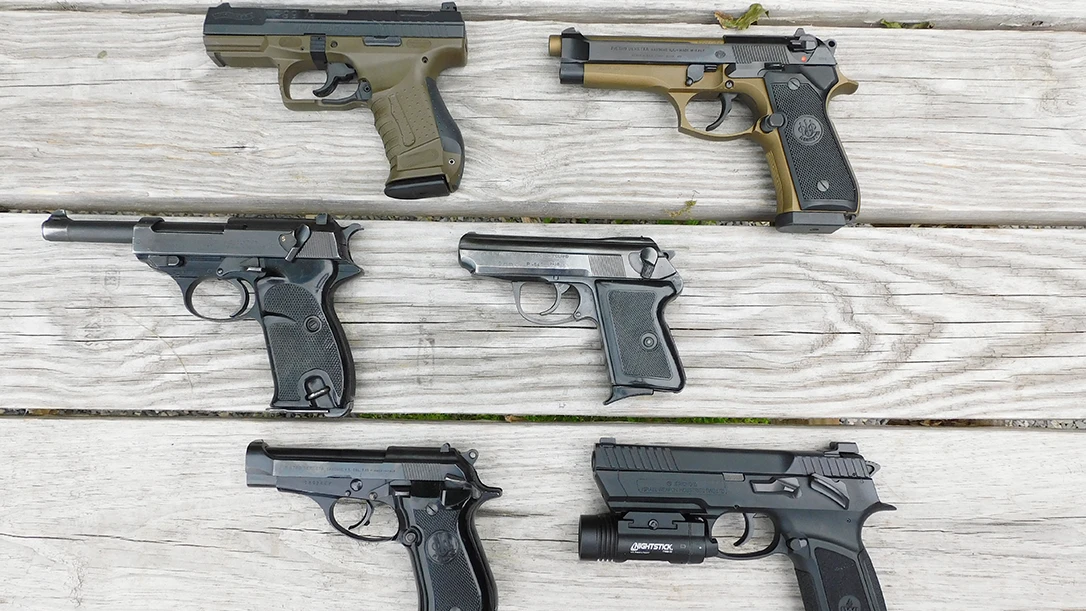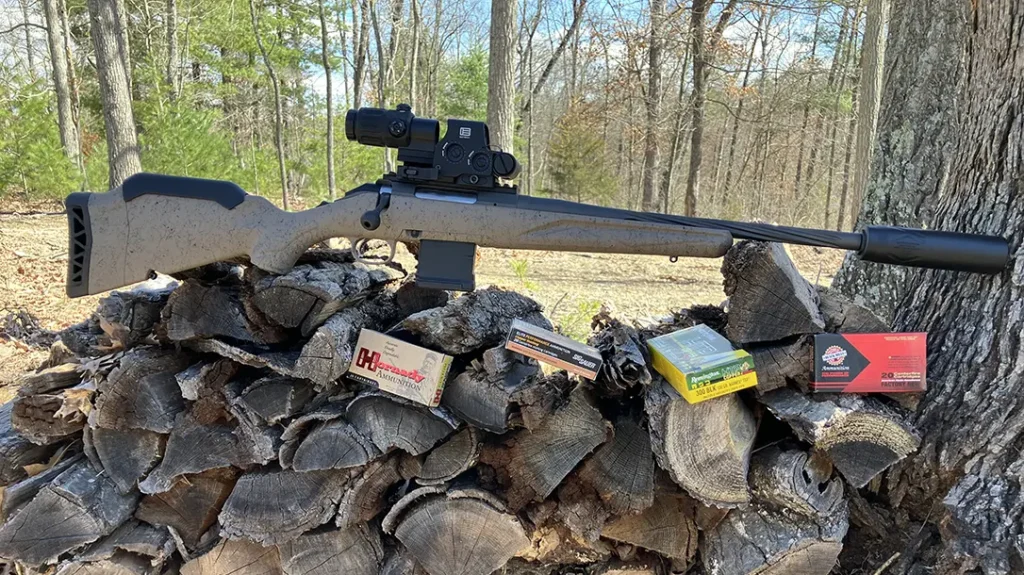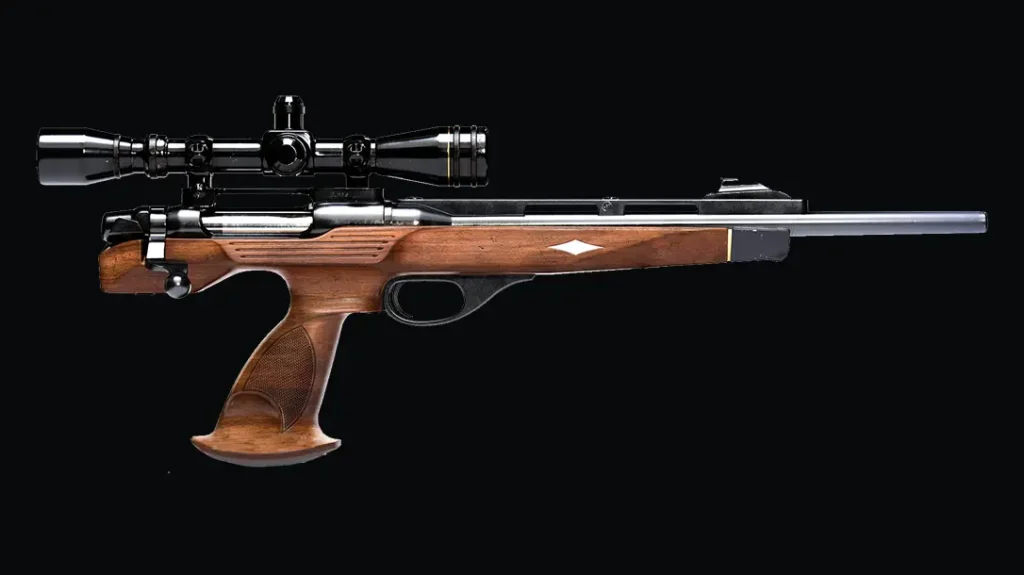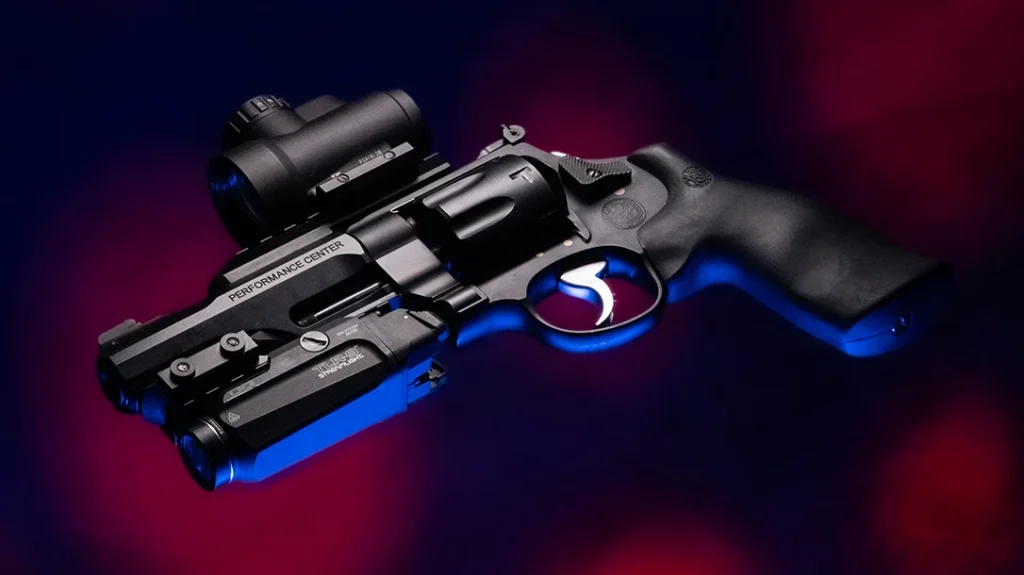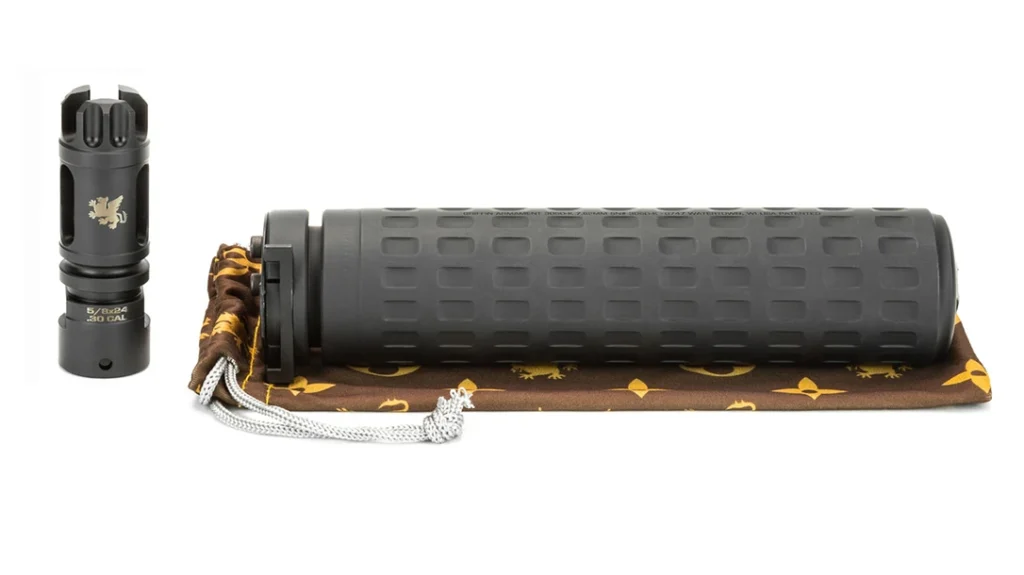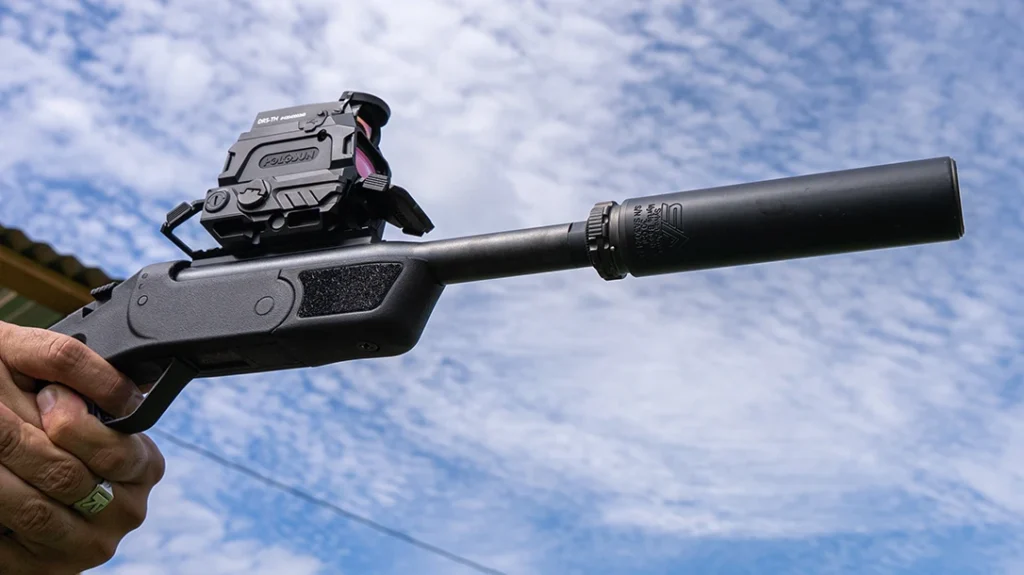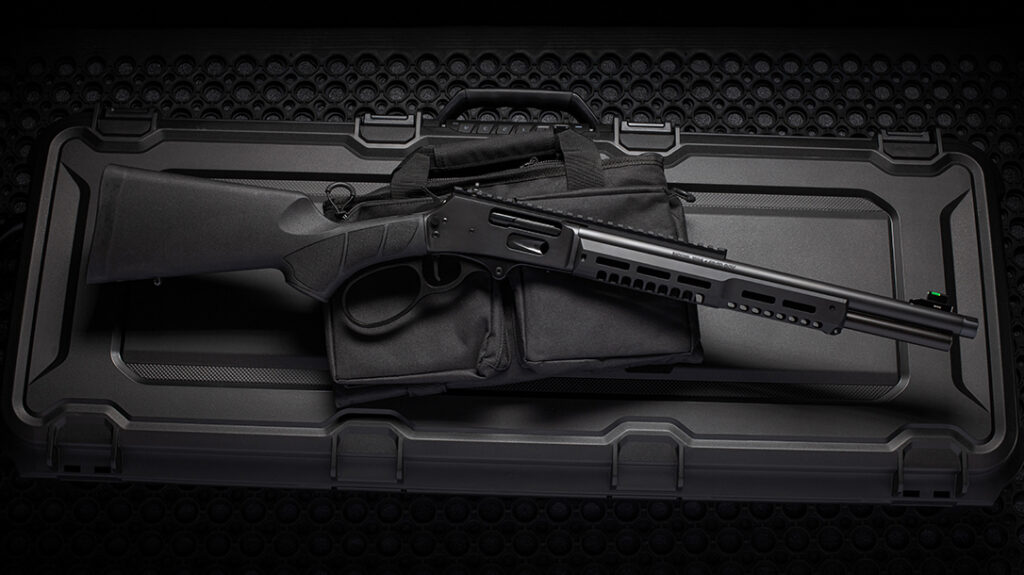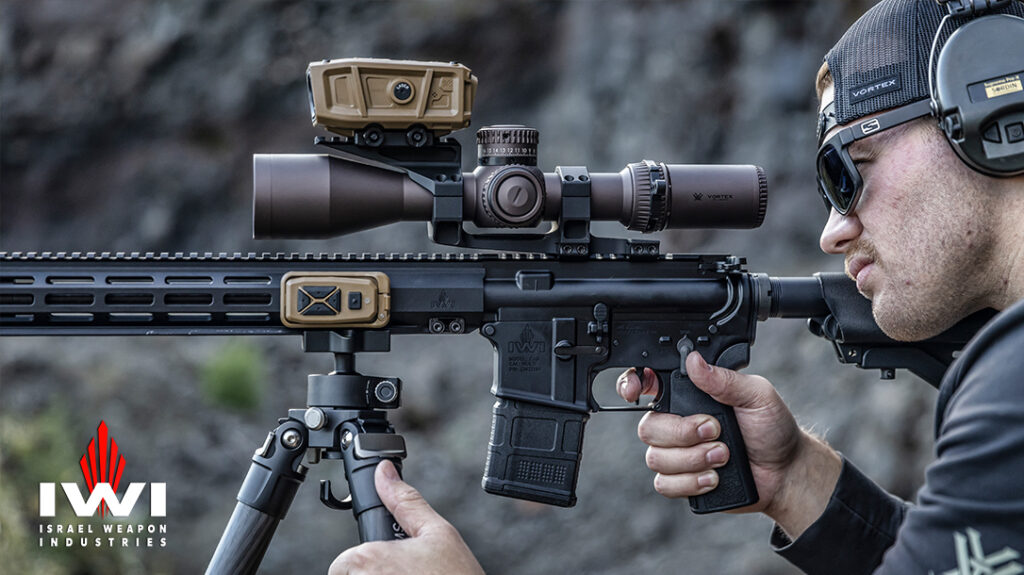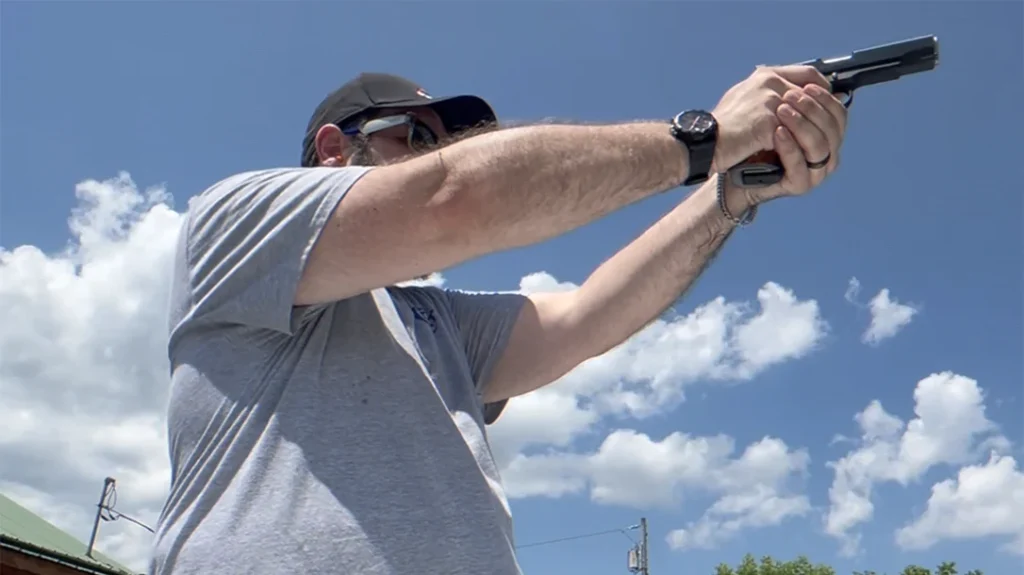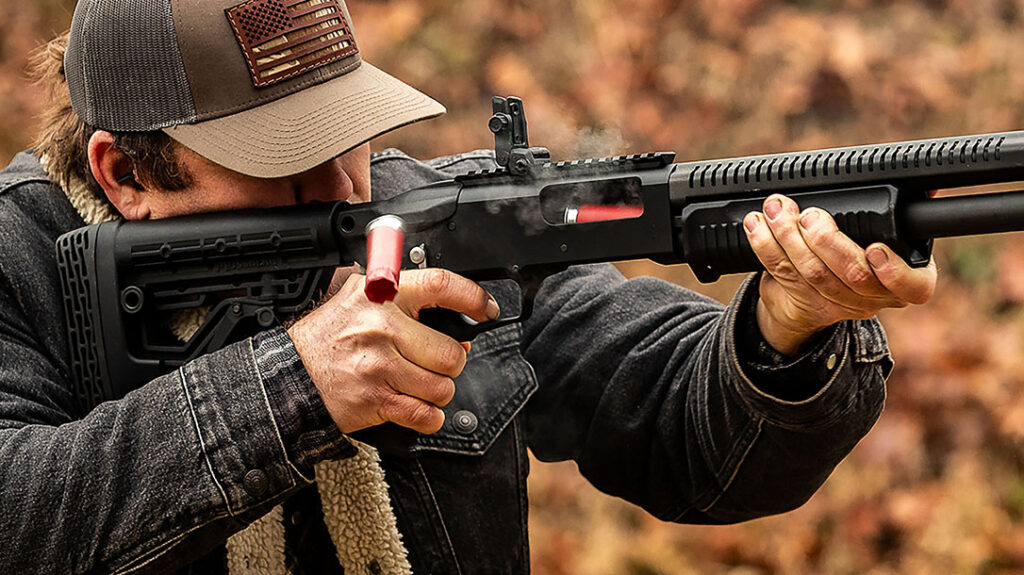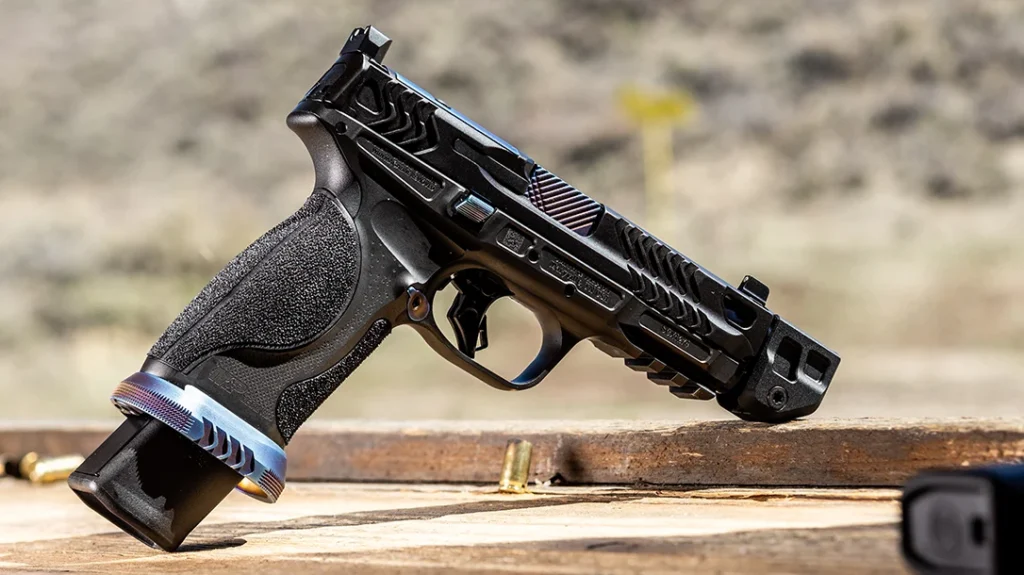After watching Lethal Weapon in 1987, the Beretta 92 definitely caught my eye. Then, I was but a poor college student, so I simply resigned myself to admiring the Beretta 92 from afar. My fascination soon ebbed, despite the next year’s Die Hard. It wasn’t until 2010 that I gained a sincere interest in shooting handguns. By then, the traditional double action Beretta 92 was old news. I caught the concealed carry bug and wanted the latest and greatest in handguns. Sure, I checked out a 92 out of principle while shopping for a new handgun. But after doing some thorough research, I knew I was set on buying a striker-fired model.
Walther released the PPQ in 2011, around the time I was ready to make a purchase. I knew that Walther would be my gun. At the time, I was influenced by the Walther P1 I had recently bought at a gun show. The Walther P1 was the post-war version of the storied 9mm Walther P38. (There’s a bit of irony because the P38 was a major influence on the Beretta 92, but I didn’t know that yet).
I had strong feelings about the P1 and I knew I wanted another Walther. Seeing how the PPQ was then the “new hotness” among striker-fired guns made my choice that much better. I still own that PPQ and it’s a fantastic sidearm. I’ve never regretted buying it.
Advertisement — Continue Reading Below
However, the sweet siren-song of DA/SA pistols came calling back to me.
Double-Action Experience & Insights

I finally bought that Beretta 92 in 2020. Because it was an FS model, I immediately converted it to a “G” (decocker-only). I came to love it as much as I thought I would.
Advertisement — Continue Reading Below
That old Walther P1 taught me a few things about how double-action semi-autos work. I began to appreciate their versatility, as well as their built-in safety features. I also came to realize that the PPQ’s quick trigger, as sexy as it is, wasn’t as important as I expected in the year 2011. Yes, I love my PPQ’s trigger, but I can also see its downsides in a stressful situation. That’s why I rarely carry my PPQ nowadays.
Experienced can likely anticipate how adrenaline-charged a self-defense situation could end up developing. Through training, I’ve helped to clarify some aspects about carrying for personal protection. For example, I came to find out about my preference for a slightly longer trigger pull under stressful situations. Its why my primary defensive firearms all have longer trigger pulls.
I carry a Sig Sauer P365XL with a manual safety 90% of the time. I have no plans to change it because its trigger pull is long enough; it’s also hard to beat its size to capacity ratio.
Advertisement — Continue Reading Below
But I’m revisiting my home defense needs. I’m more safety-conscious than ever before, especially with family coming and going–including grandchildren. Keeping that in mind, I’m revisiting the tried and true traditional double-action handgun.
Double-Action vs. Single-Action Only
A new shooter might wonder, “What’s the difference between double-action and single-action?” It’s a great question!
Their difference lies in how much “work” the trigger does. A single-action only (SAO) trigger has one job: release the striker or hammer. SAO triggers can therefore be lighter and have a shorter take-up than any double-action trigger.
Advertisement — Continue Reading Below
And this is because a double-action trigger pull does more than release the hammer or striker. Double-action triggers also cock the entire firing mechanism which mechanically requires a longer trigger pull. Because the cocking action means the trigger has to overcome the resistance of the mainspring, the trigger pull will also feel heavier due to the extra work required. With semi-automatic pistols, the first shot cycling will actuate the slide to move back and forth. This movement itself will keep cocking the hammer on its own which practically turns the pistol into a single-action firearm until ammo runs out.
That longer and heavier trigger pull can act as a benefit, an extra safety layer in a stressful situation. It’s because that longer double-action trigger pull gives me the opportunity to hold my shot off should the threat suddenly subside; it’s harder to do that with an SAO or striker trigger.
Double-Action Under Stress
It’s also much easier to get on an SAO trigger a little too early when you’re under stress. I once got on my PPQ’s trigger too soon while working under a shot timer. I inadvertently sank a shot into the dirt. I fully own this, but the gun’s light trigger weight didn’t help either. It only happened to me once, but it taught me a valuable lesson about trigger pulls and stress. It’s something that I worked on in my training, but ultimately I decided to help myself by switching to a slightly longer and heavier trigger.
Advertisement — Continue Reading Below
I’m considering moving to a DA/SA pistol as my nightstand gun for similar reasons. Few things can be more disorienting than being woken up from a deep sleep. I also want to be as safe as possible when reaching for a gun in the dark. That double-action trigger pull gives me that extra layer of safety, once again.
The downside to a longer trigger pull is that it can be difficult for shooters with smaller or weaker hands to master. When it comes to TDA semi-automatic pistols, you also have to learn two different trigger pulls since the first shot is always in double-action and has a different feel than the follow-up single-action trigger pull. Practicing proper follow-through mitigates that for me and I shoot double-action triggers just fine. The two different trigger pulls are just something to keep in mind.
Traditional Double-Action Pistol Features

Advertisement — Continue Reading Below
Traditional double-action guns have two primary features to be aware of: the decocker and/or safety mechanism and that long double-action trigger pull. I prefer decockers to safeties. Simply put, a decocker allows the shooter to safely de-cock the hammer on a loaded gun. Decocker-only pistols rely on their long and heavy double-action trigger pulls as their primary safety–just the way double-action revolvers do. This is also supported by my training and my safety habits. Some traditional double-action semis I own that have no decocker force me to manually lower the hammer on a loaded chamber which can be risky. Alternatively, with these models I can completely rely on manual safety (cocked and locked) and run the gun like an SAO pistol. Or I could always leave the chamber unloaded.
The reality is that none of those options are acceptable for me on any defensive pistol. I know some people carry 1911s “cocked and locked,” but single-action 1911s at least have grip safeties to go with their thumb safeties. None of my “non-decocker” double-action guns have grip safeties. Sometimes I use my IWI Jericho Enhanced as a backup vehicle gun, but the lack of a decocker means I keep the chamber empty since I don’t want to lower the hammer on a live round, and I just don’t like it to be “cocked and locked.” Love the gun, but it has its place.
Walther P99: A Unique Double-Action Pistol
One of my more interesting double-action pistols is the Walther P99. The P99 is a striker-fired semi with a double-action trigger mechanism. It’s one of the few striker polymer guns that has a decocker too. In the Walther P99’s case, it’s a button on the slide just forward of the rear sights. The P99’s “Anti-Stress Trigger” allows for double-action or single-action operation, even after the gun has been decocked. It’s a cool and unique feature on an awesome gun.
Advertisement — Continue Reading Below
Personality Factor

Of course, in terms of defensive pistolcraft, a gun’s “personality” is irrelevant. But it’s a big deal when it comes to being a firearms enthusiast on its own. I’d be remiss to deny that part of my attraction and interest in going back to TDA pistols has to do with their charm.
There’s a saying that a certain brand of firearm “is the gun you show your friends.” And that, “the Glock is the gun you show your enemies.” That saying contains a lot of truth, and not just about the Glock’s reliability.
Advertisement — Continue Reading Below
I know very few “gun people” that never care about a gun’s “cool” factor. Most do. Granted, I don’t care about personality for my “tool” guns. Their reliability and effectiveness rule the most important elements. This isn’t to say that traditional double-action guns aren’t reliable. I’d bet my life on my Beretta 92, IWI Jericho, Walther P99 or the old P1.
But simply enough, I also like guns that look good. The Beretta 92’s cool lines (and Mel Gibson) first attracted me to that gun, and I still think it’s the best-looking pistol ever made.
I think of many TDA guns this way. I like their hammers. I like that many of them have steel frames. They just have more personality than most SAO or striker guns. Gun enthusiasts don’t have to be practical 100% of the time. They’re also allowed to have fun.
To D-A or Not to D-A?
Shooting a TDA pistol is ultimately a personal choice. Shooters either love them or hate them. Like anything, these handguns have their strengths and weaknesses. Though I once subscribed to the notion that no manual safety and a quick trigger was the only way to go. It feels like that came from my inexperience. Thankfully, time and more experiences have provided me with better understanding. It’s why I have come to learn that there is rarely a “best gun” or a “best way.”
Heavy double-action trigger pull weights are something to keep in mind. It pays to be certain that you can handle them. Take my Polish-made Radom P64 for example. It has a 27-pound double-action trigger pull weight. It’s nigh impossible to fire an accurate first shot. Fortunately, the mainsprings of many double-action guns can be tuned. Here’s another example: I lightened my Beretta 92’s double-action pull from 12 to 8-pounds by changing out the mainspring. An 8-pound double-action trigger is still plenty safe for me.
So much of shooting and gun handling boils down to personal preference anyway. As long as your fundamentals are sound and you’ve cultivated a basic understanding of pistolcraft, a good TDA pistol can be quite useful.
Future Of The Double-Action

Traditional double-action handguns were seemingly left for dead after the polymer-striker “revolution.” But quality designs die hard (pun intended).
Handgun manufacturers still make and sell traditional double-action models, and new designs seem to be coming out every year. Beretta’s 80X Cheetah and the CZ P-09 Nocturne are two of my recent favorites, for example. Taurus also recently released the .380 ACP Model 58, an attractively-priced full-size blowback that’s based on the PT92 and the original Beretta 92—and that old Walther P38 by extension.
If you’re interested in a double-action semi-automatic, look around. There’s several quality options, both old and new.
Walther just reintroduced its classic blowback PP model, the first ever commercially successful double-action semi-auto design. I want one in .32 ACP so bad I can taste it. For what its worth, I still shoot my old P1 too. It’s just a great gun that always goes “bang.” Don’t be afraid to try a double-action pistol; you might just like it as much as I do.
